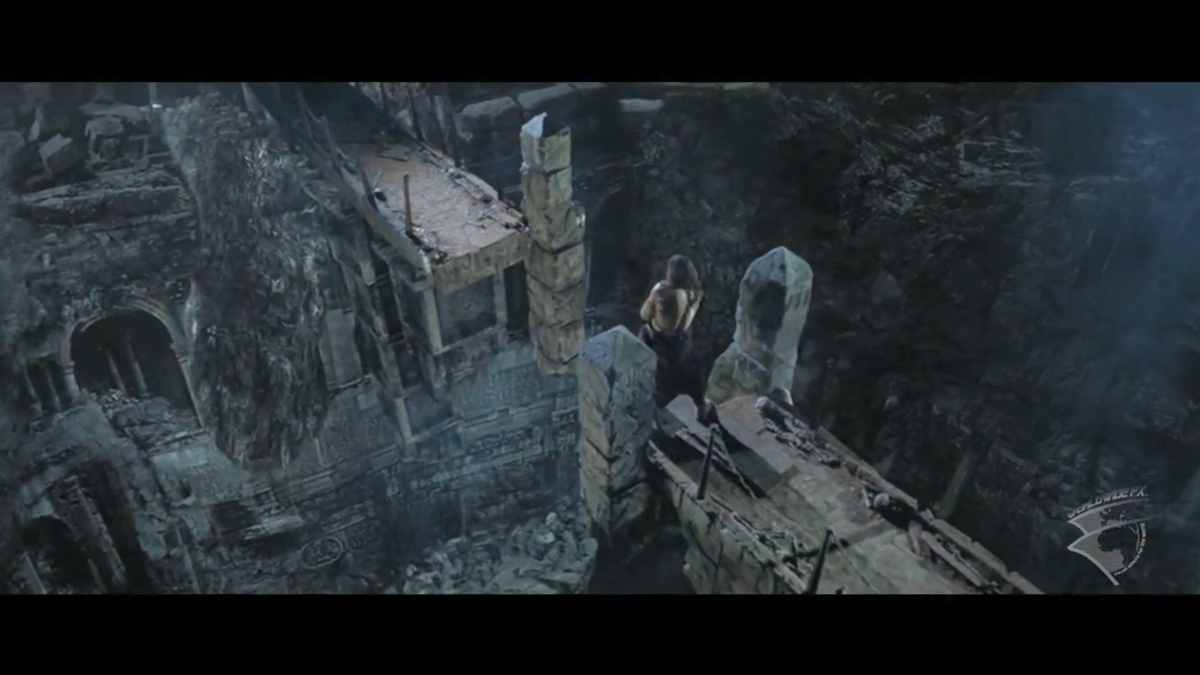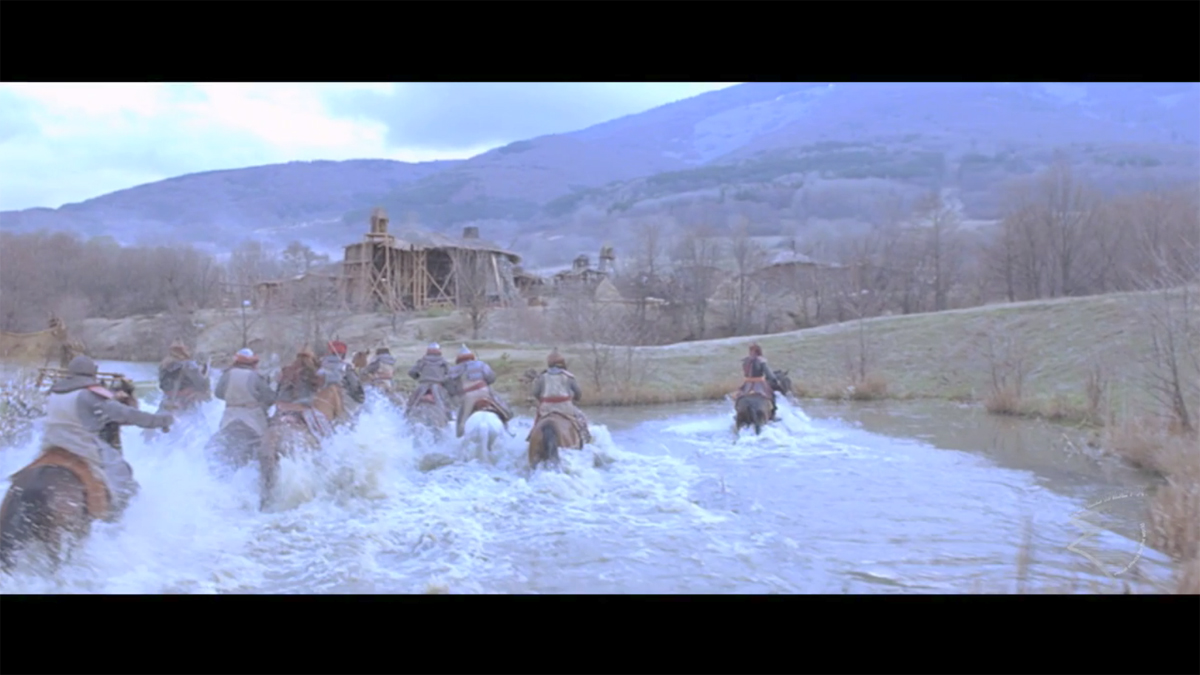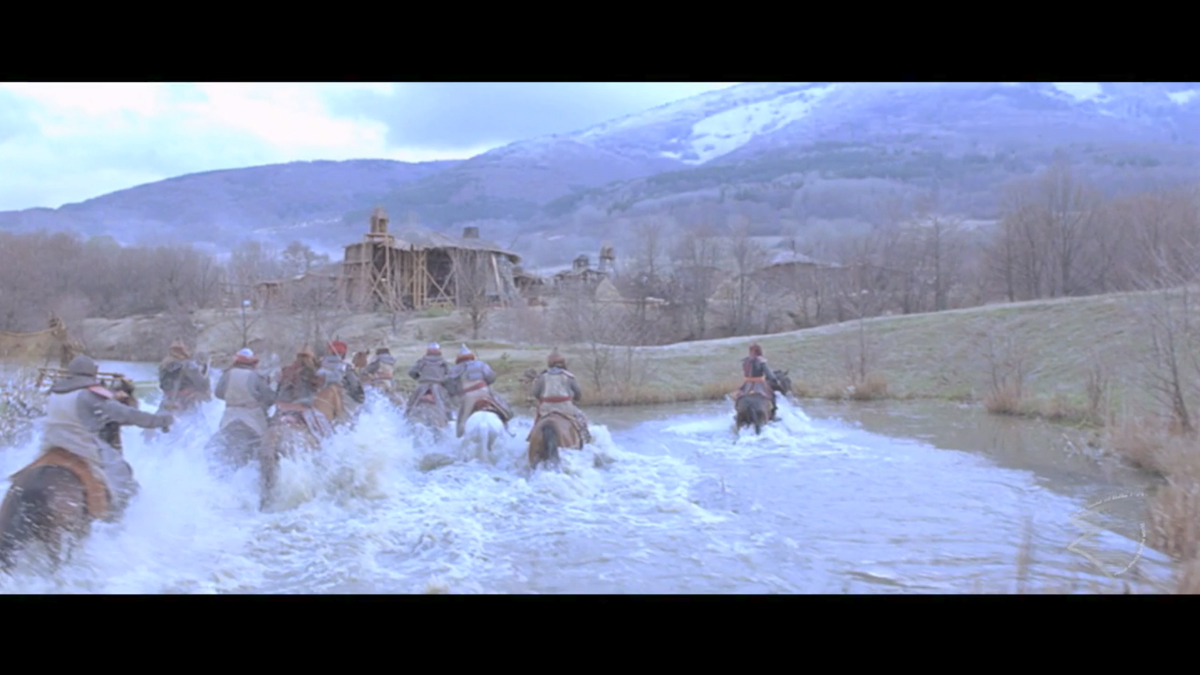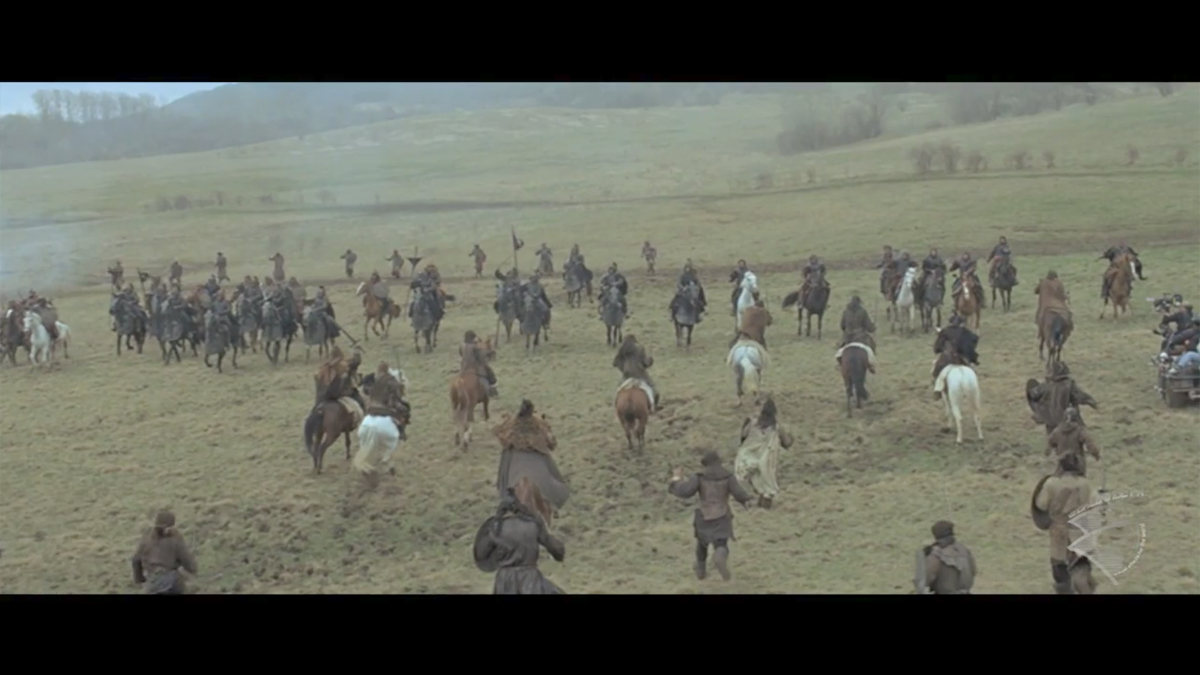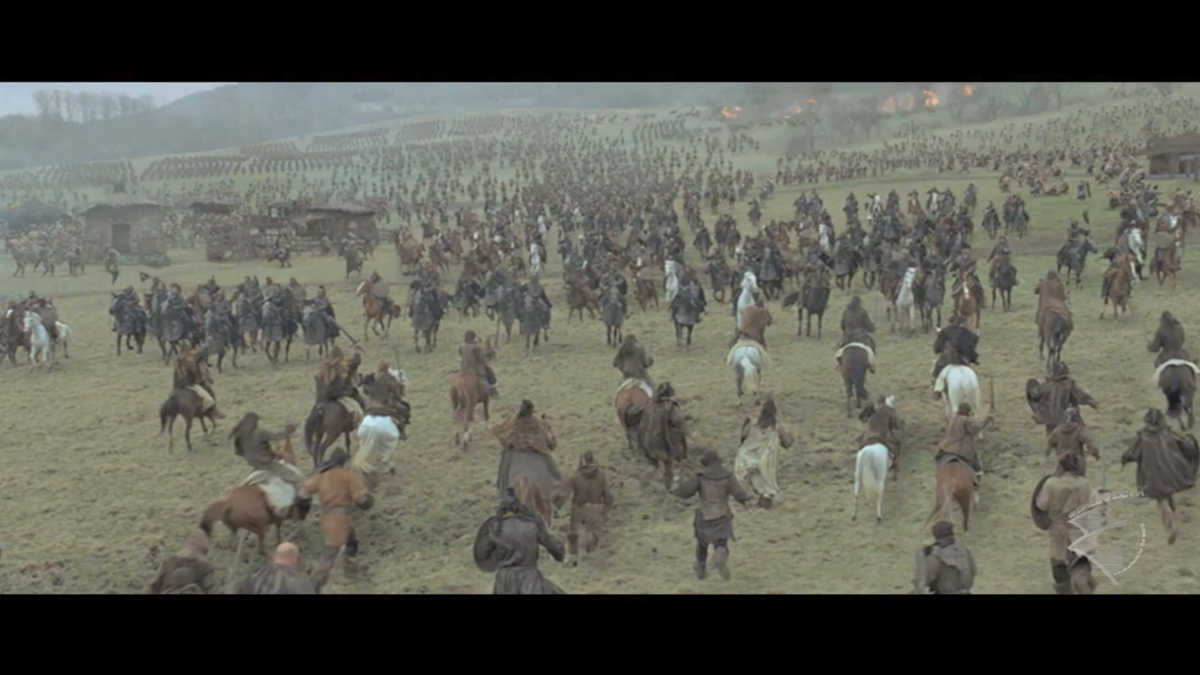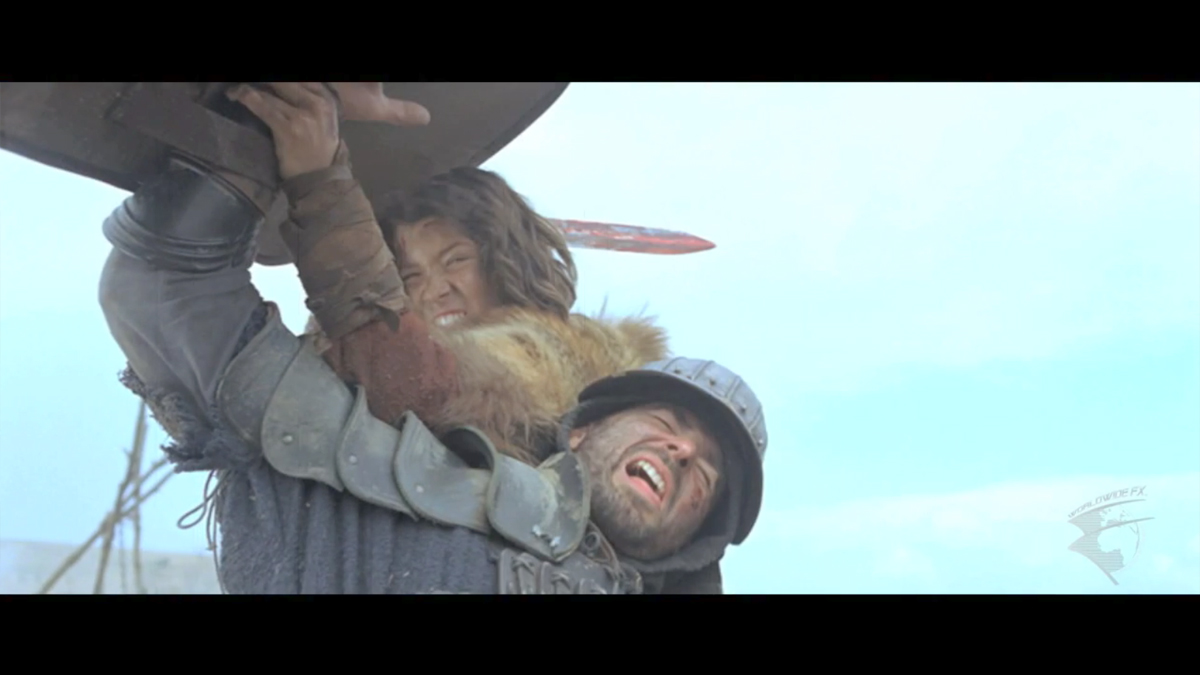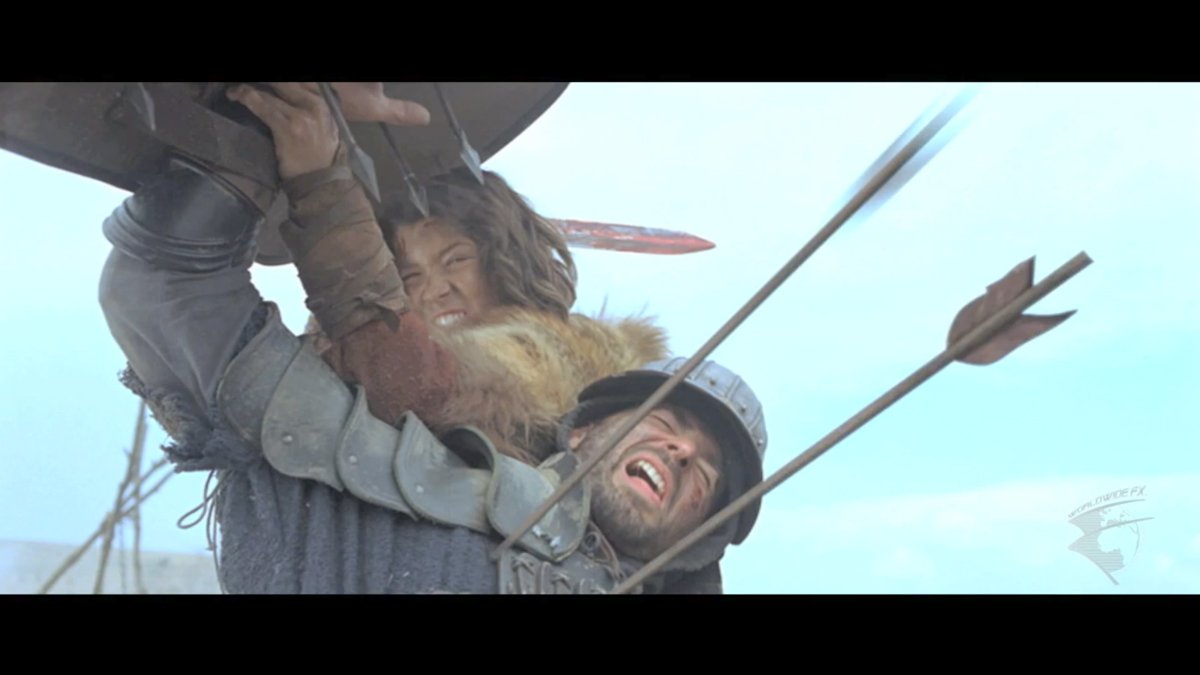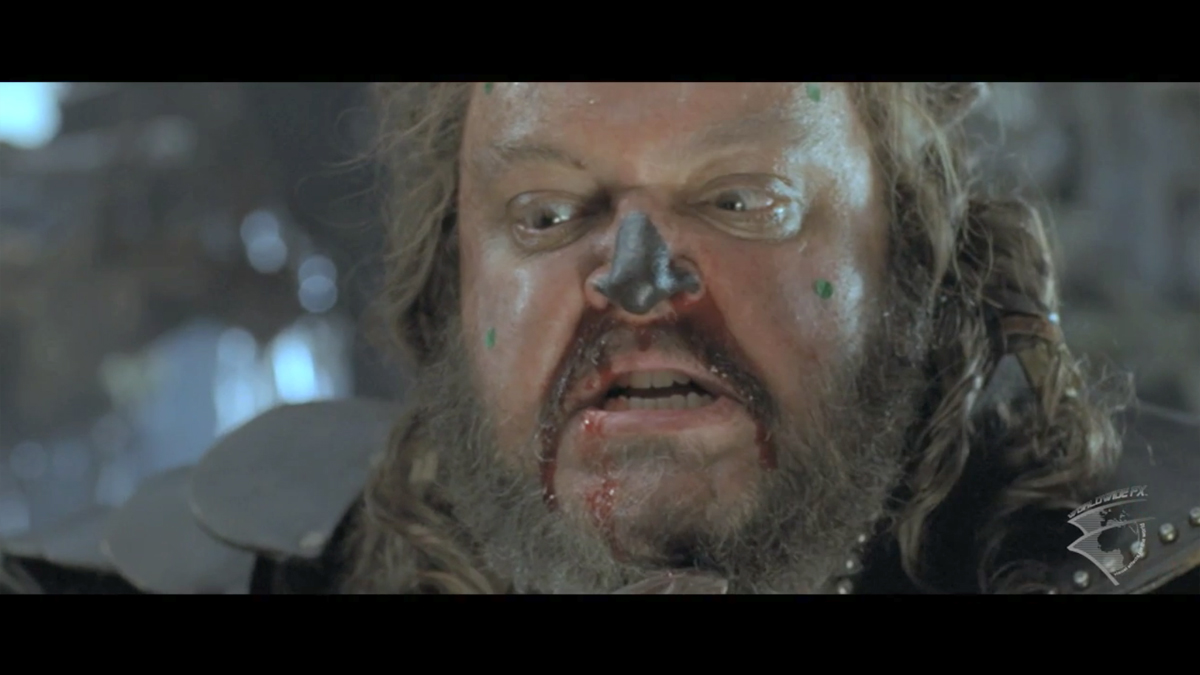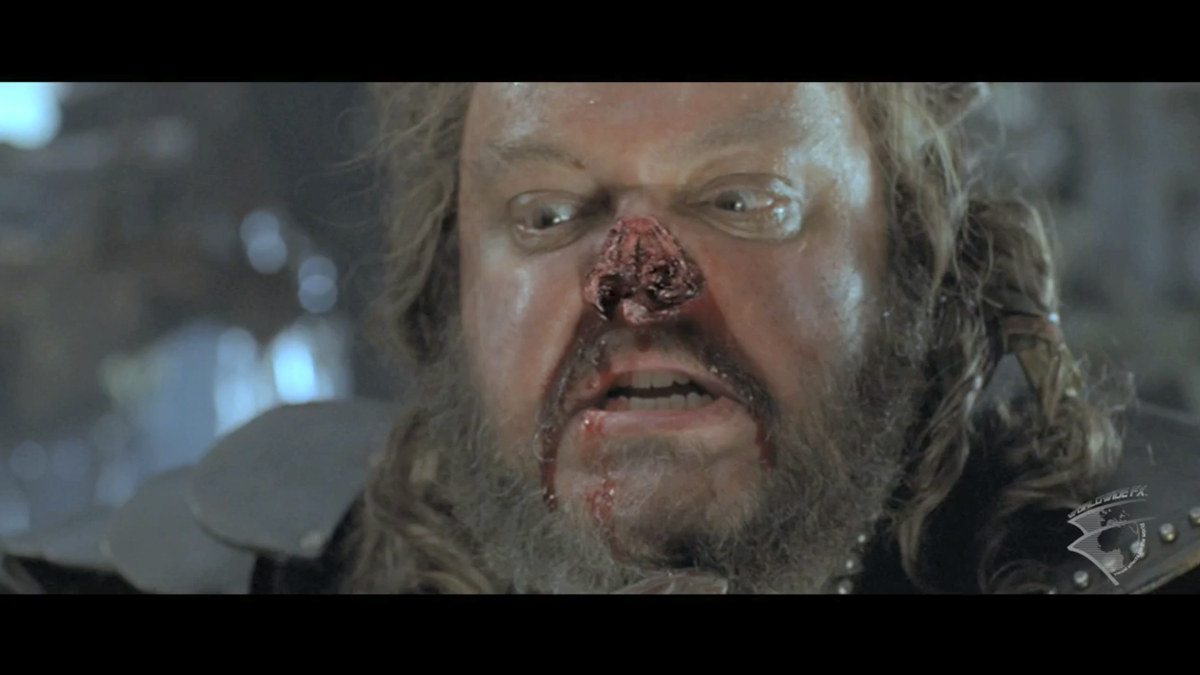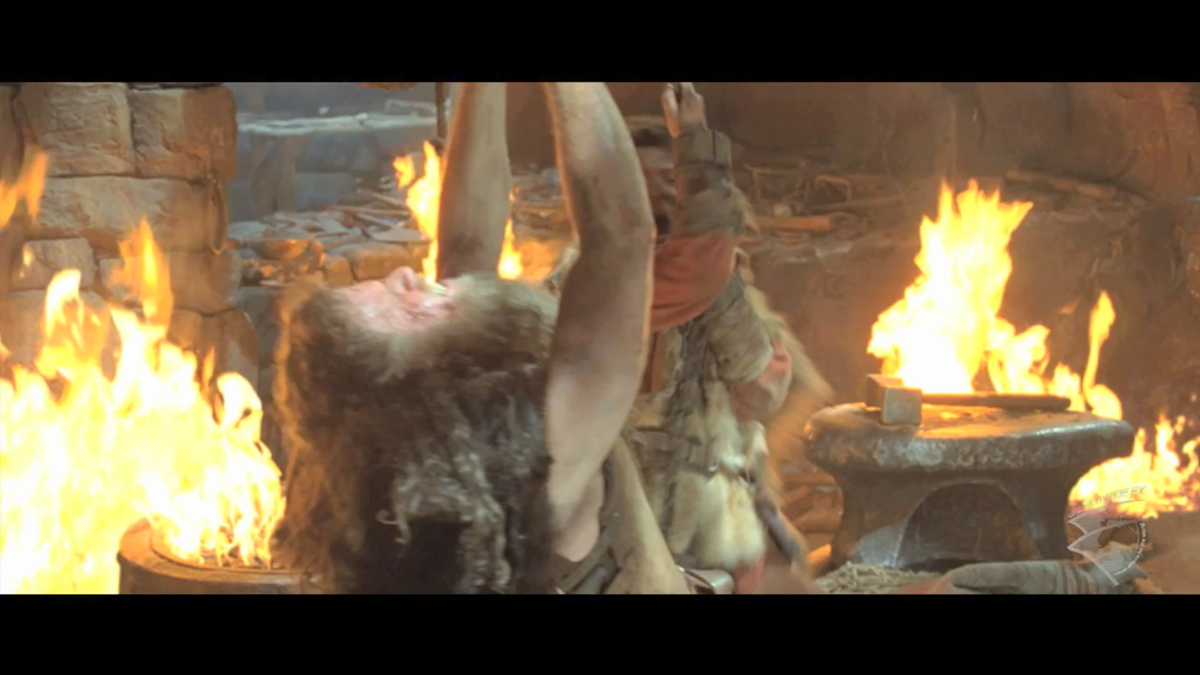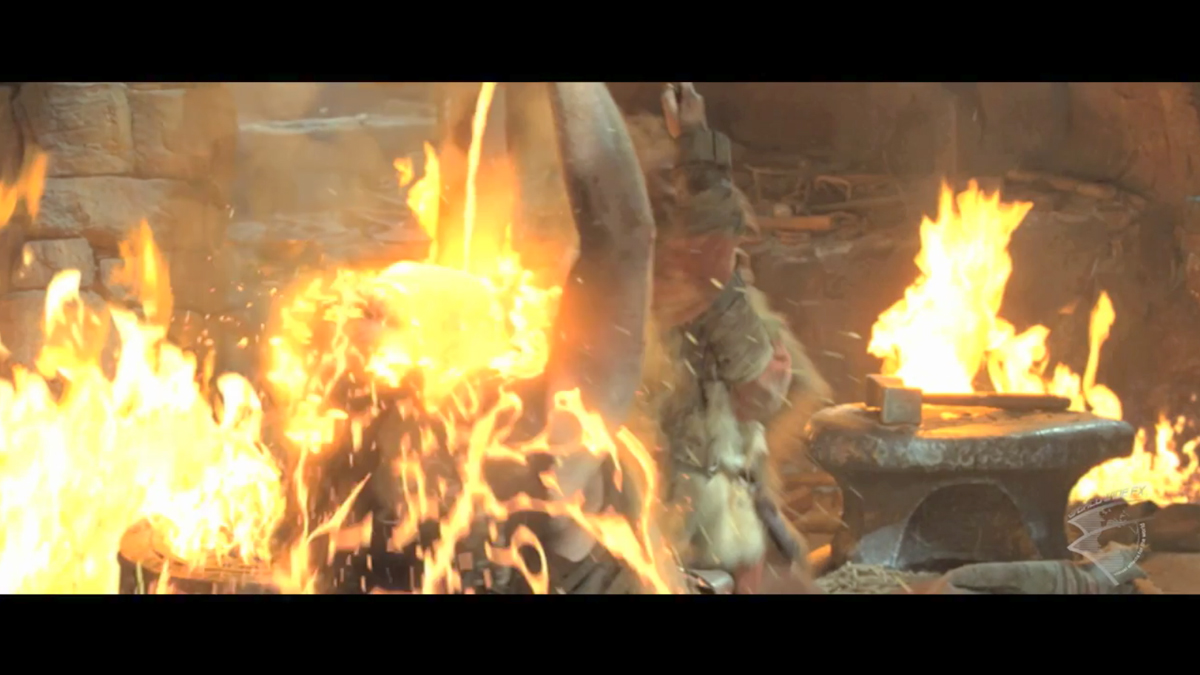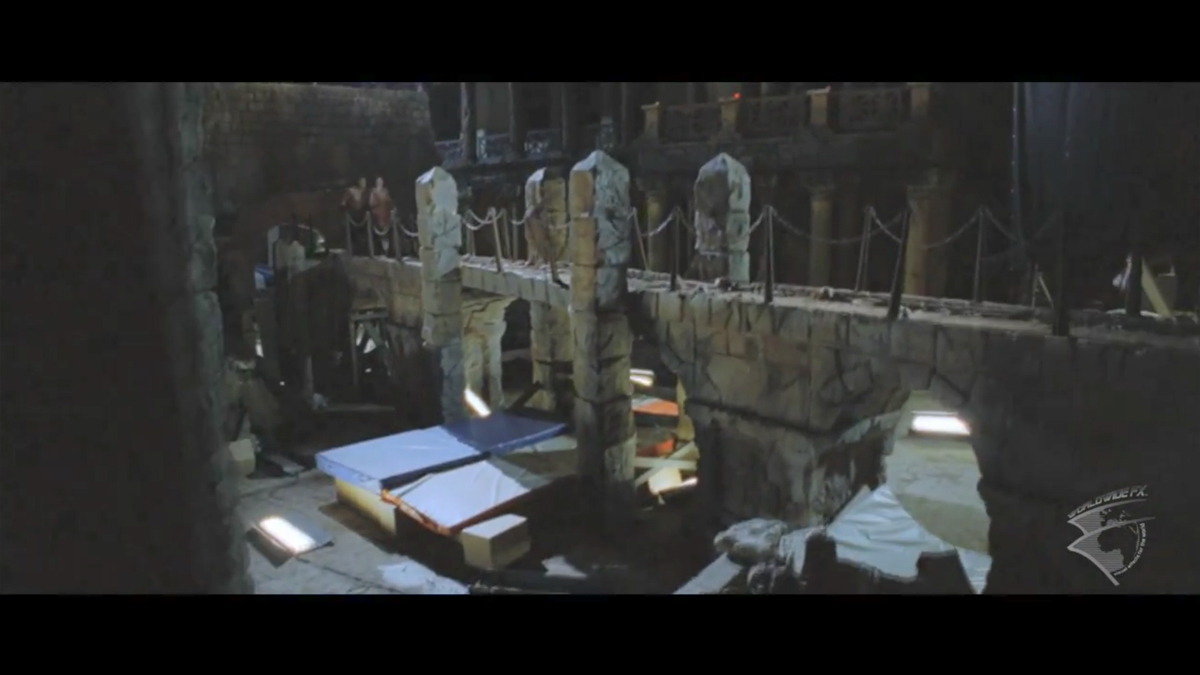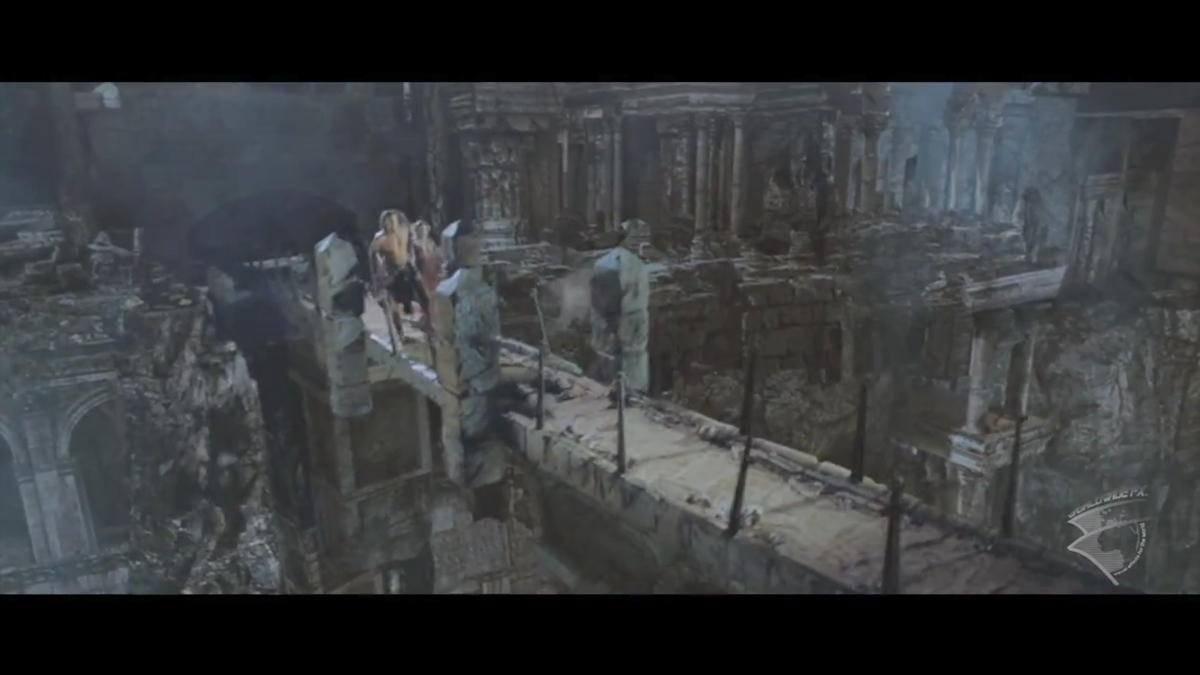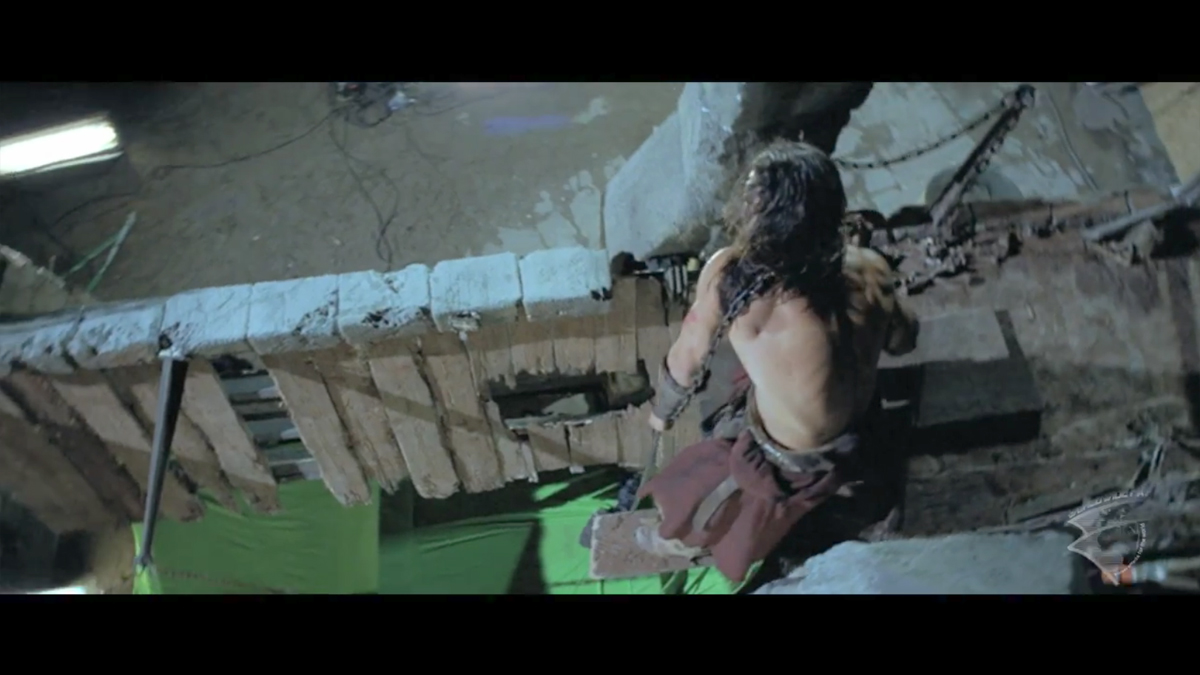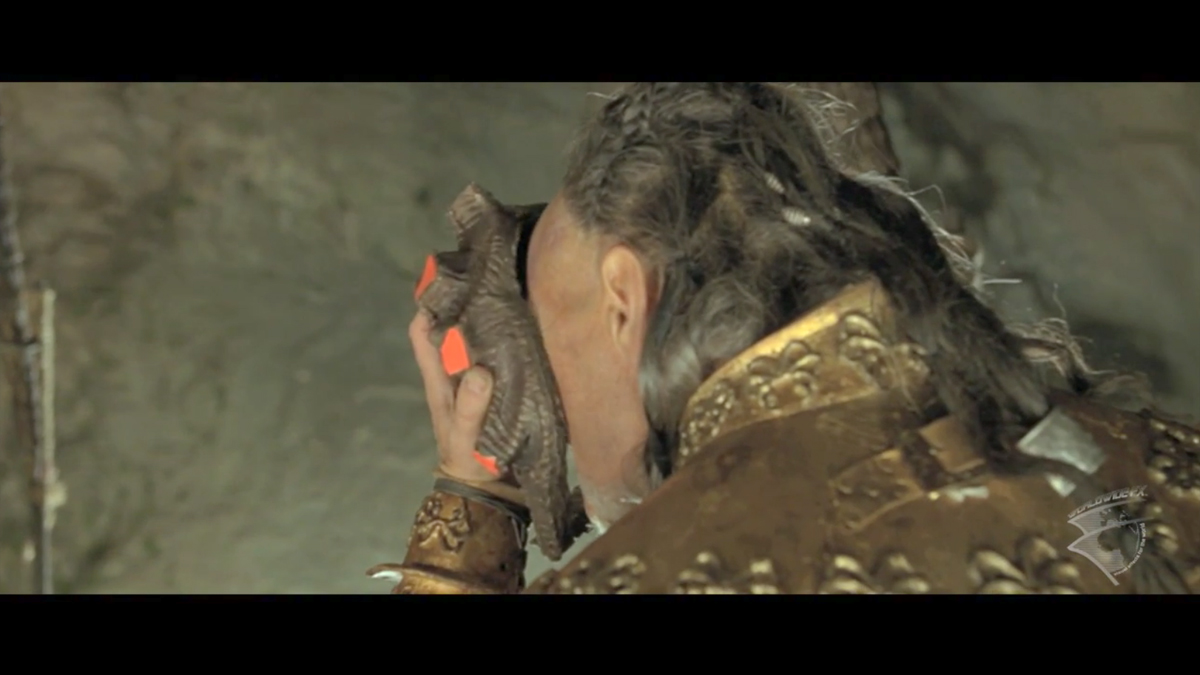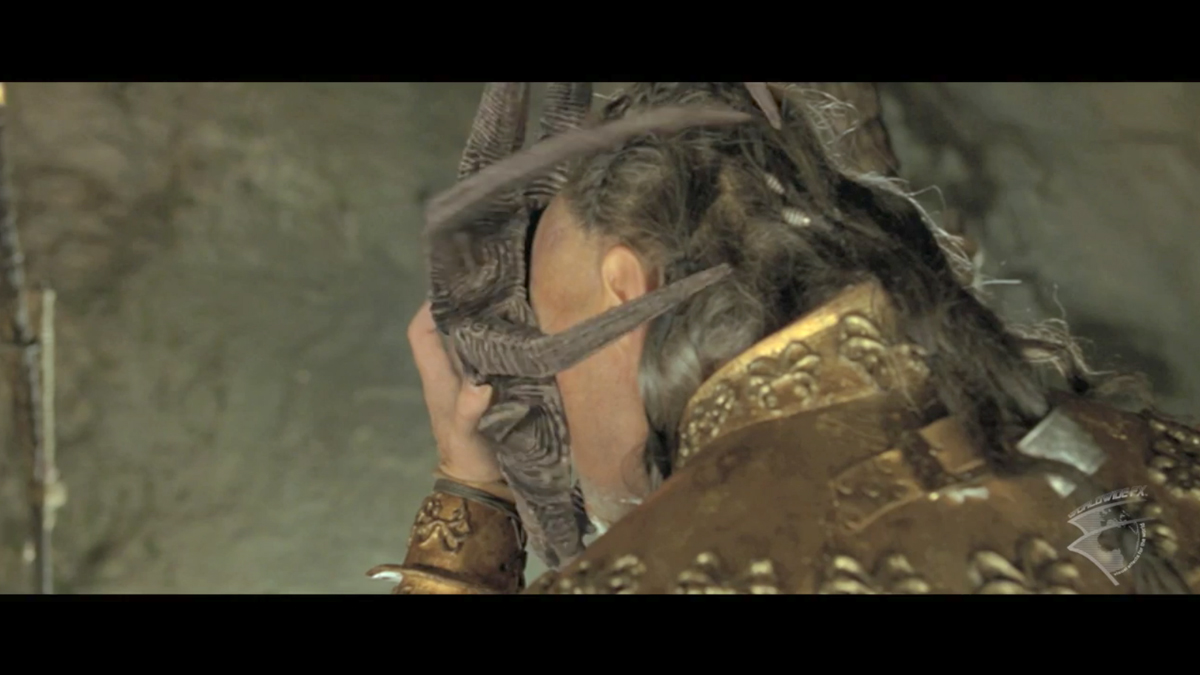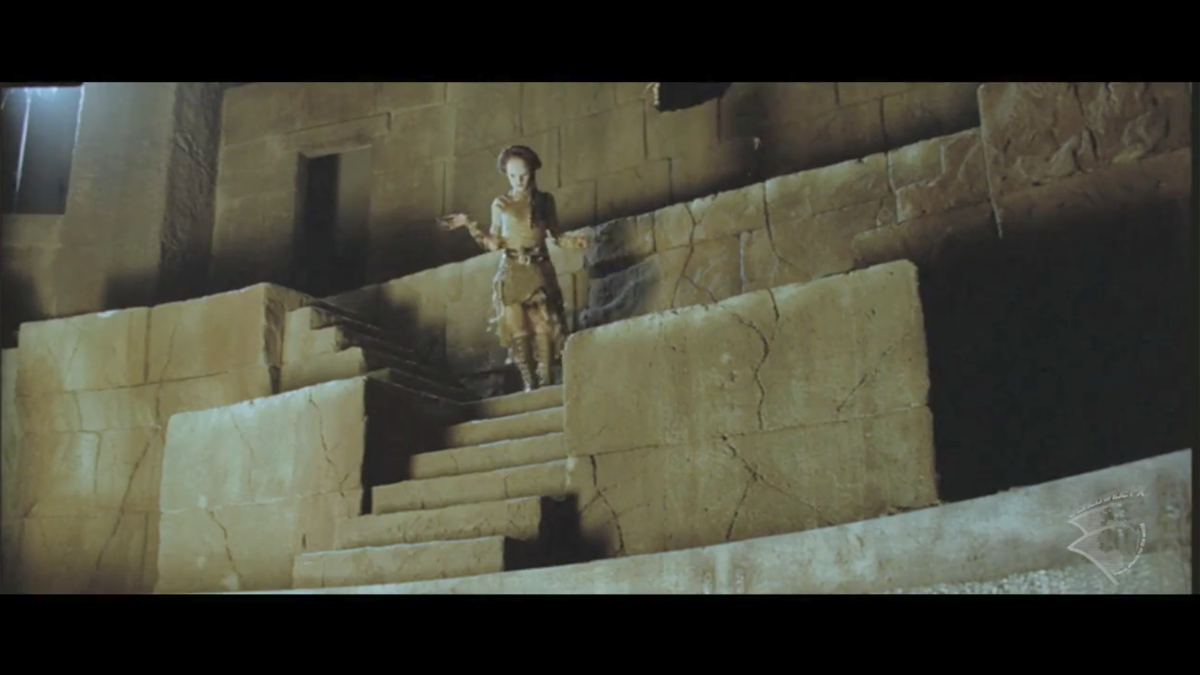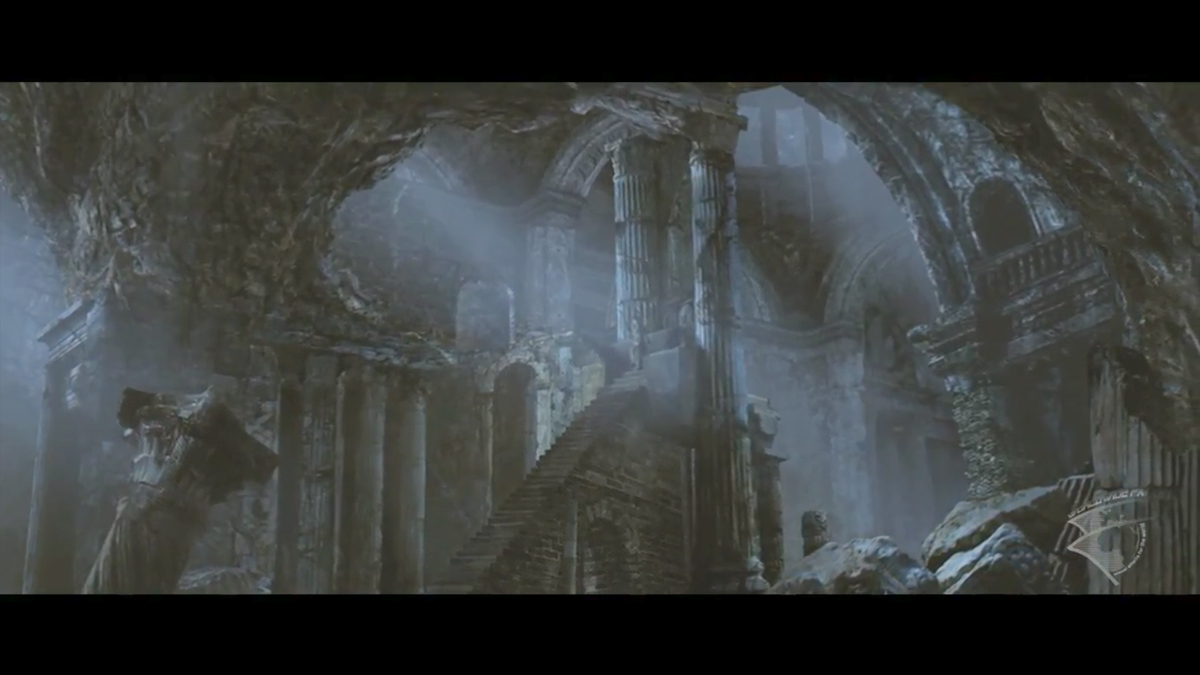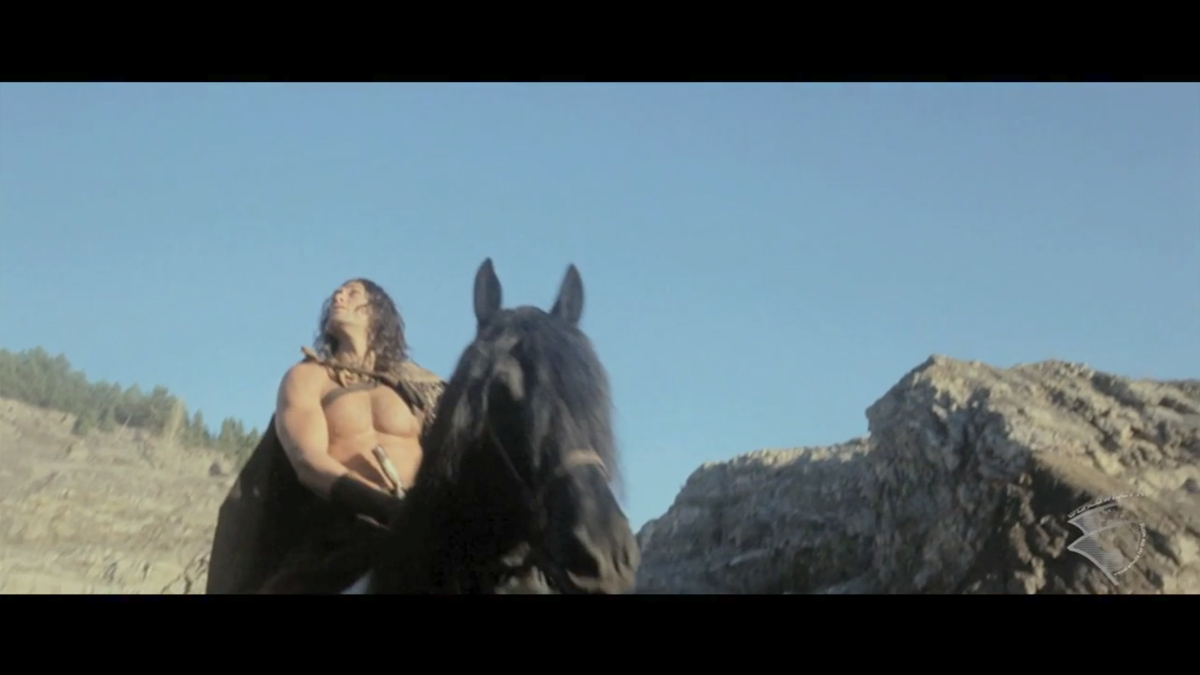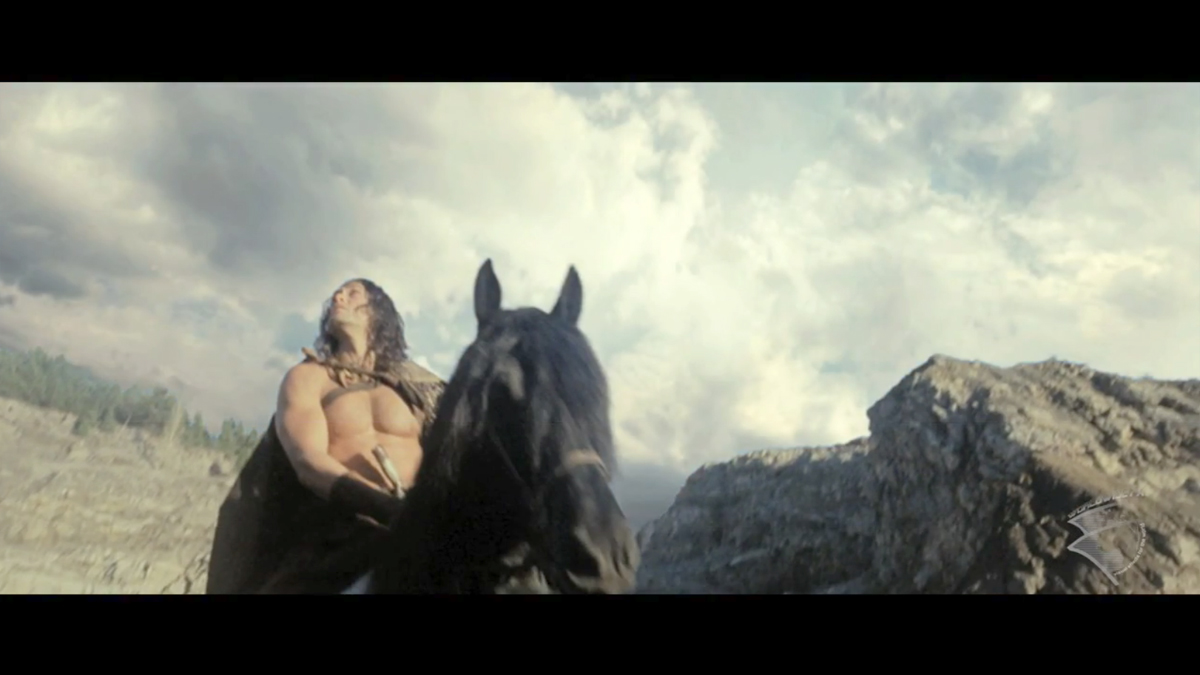Ajoy Mani began his career at Available Light Ltd where he worked on projects such as BLUES BROTHERS 2000 or MY FAVORITE MARTIAN. In 2007 he joined the teams of Worldwide FX to work on RIGHTEOUS KILL as VFX supervisor. Since then he oversaw the effects of films like THE MECHANIC or DRIVE ANGRY.
What is your background?
I started out doing CAD in 1988 and graduated from Arizona State University with a degree in Industrial Design. I started 3D modeling and animation as a direct result of background in CAD and Industrial Design. After college I started my career in visual effects at Available Light Ltd in Burbank, CA. There, I was mentored by John Van Vliet and Laurel Klick, both veteran visual effects supervisors. Back when I started as a digital artist, due to an acute shortage of digital artists, I was doing 3D modeling, animation, compositing and even some colour correction. I would get a shot folder on my desk and I would handle all aspects of it and see it to finish. I am thankful for that opportunity, because it gave me a more well rounded understanding of the whole visual effects process. I moved up the visual effects chain the old fashioned journeyman way. At Available Light Ltd, I worked on numerous Disney and Universal features. I met Scott Coulter, the Visual Effects Producer of CONAN THE BARBARIAN during my stint at Available Light Ltd. We worked closely on Disney’s MY FAVORITE MARTIAN for which Available Light was one of the primary visual effects vendor.
In 2001, I moved to NYC where I started a post production studio called Blinking Eye Creative Services. We primarily worked on commercials, documentaries and independent features. I helmed Blinking Eye Creative Services for 7 years.
In 2007, Scott Coulter contacted me to work on RIGHTEOUS KILL as the visual effects supervisor. This started my relationship with Worldwide FX as one of their visual effects supervisors. CONAN was the fifth feature I worked on with Worldwide FX. I was brought on during the post process to coordinate and oversee the visual effects post production pipeline at Worldwide FX. Worldwide FX is a full service visual effects house with two facilities. The primary facility is in Sofia, Bulgaria and the second is a brand new facility in Shreveport, Louisiana. I coordinated all visual effects post work between Sofia, Shreveport and editorial in Los Angeles.
What sequences did you make?
As visual effects post supervisor at Worldwide FX for CONAN, I oversaw all 1000+ shots that were produced between the two Worldwide FX facilities. I was intimately involved with all the work in the 3D, Simulation, Massive, Compositing, Concept and Digital Matte Painting departments at both facilities. I was very much in the trenches and flew between both facilities to ensure a clean delivery.
Can you tell us in details what you have done on the Conan’s village???
The village for the most part is a practical set, however, the water wheel and some of the key buildings were added as CGI elements. Another thing of particular note is that due to storyline continuity, we ended up replacing the entire background with snow clad mountains and cloudy skies. This was done seamlessly and the fact that it hasn’t been recognized as replacement is a sign that we have accomplished the the task successfully.
The movie shows lots of huge armies, can you tell us how you created them?
We had multiple plates of live action armies and for the most part the action in the near and mid ground was done in compositing using the live action plates. The sheer volume and numbers in the far ground was accomplished using Massive 3D agents. Detailed models of the soldiers and horsemen were meticulously animated by the 3D and Massive teams at Worldwide FX, Sofia. These were then made into Massive agents that interacted with each other digitally and were place in the final composites.
How did you create the arrows and their interaction with stunt men?
Some of the arrows were shot already stuck in the actors or on the shields. The arrows were then digitally painted out till the impact frame. A 3D arrow was then animated to the impact frame. For scenes with raining arrows, the shots were meticulously 3D tracked and 3D arrows were animated and composited on. For some shots, during editing, decisions were made to have arrows hit particular live action actors. For these shots, we animated the arrows 3D and tracked it stuck on the actors after impact. Those were technically more complex as we were 3D tracking the plate and the actors simultaneously.
A bad guy gets his nose cut off. How did you create this CG wound?
The actor had black paint applied to his nose along the point where the nose is severed. A CG nose was tracked onto his face and then swapped for a CG sliced off and bloody section of his face after the nose is cut. This again was a complex sequence, and a credit to the skill and long hours put in by the Worldwide FX artists.
Did you enhanced other wounds?
There was an incredible amount of wound enhancements in CONAN. There were countless shots with blood bag removal, blood splattering, beheadings, scar additions etc. In some some shots because they were flopped in editorial (horizontal flip) for story reasons, we had to take out a wound or scar on one side and place it on the other side to ensure continuity. Even the scar on Conan’s palms were digitally added and enhanced to ensure continuity.
How did you create the death of Conan’s father?
The molten metal was done entirely in 3D. Simulation department spent a lot of time getting the viscosity and sloshing of the molten metal right. Once this was accomplished, the 3D molten metal was placed to look like it was in the bucket and matched the live action plate to pour over Conan’s father. A 3D mesh matching Conan’s father was used to create the armature for the CG fire, burning flesh and collision object for the molten metal’s simulation. Molten metal is particularly tricky as its a light emitting source. Therefore, surrounding areas have to be affected with glow for the molten metal to live in the environment.
Did you develop specific softwares or tools for the fire and the molten metal?
Worldwide FX has a team of gifted software programmers. For the most part the packages being used here are all industry standard software packages like Nuke, Digital Fusion, Maya with Renderman compliant 3DLight shaders, Real Flow etc. We do a lot of custom scripting, shaders and plugins. The molten liquid was created using Real Flow. The resulting cloud points are then rendered in Maya with 3Dlight shaders. Worldwide FX has the most comprehensive visual effects management software I have ever worked with, that was 100% designed and programmed in house.
Can you explain to us how you proceed to create huge environment especially for the final sequence?
The final sequence was incredibly difficult and complex to execute. First thing we did was study the edit and design around it the cavernous interior city of Necropolis under Acheron. We designed an mapped out the entire environment to match the storyline and edit. Once we had detailed maps of the environment, we built the entire environment as a massive 3D mesh. The matte painters and texture artists then painted the mesh to create the complex environment you see in the movie. The 3D model was then broken off into manageable sections and tracked to its corresponding live action plate. Once this was done and tested, the 3D environment for the section’s texture map was enhanced and detailed by the matte painters and then rendered out. The rendered result was then composited to the live action plate with atmospheric elements and other enhancements.
What were the references and indications you received to design the huge underground environment?
The underground environment was never really planned out the way it was used in the movie. It had to be completely designed and created once we got the edit of the sequence was put together. It took months to plan and make the whole sequence gel right with the environment we designed around the sequence. Dylan Cole did the concept art and designed the look and feel of the underground city of Necropolis. We studied and used his artwork as reference to faithfully create the end result.
How did you create the mask with tentacles?
We had exact 3D scans of the prop mask. This was then re-topolised, textured and animated in 3D with bones. We were given clear instructions to animate the tentacles in a choppy way like fingers rather than smooth octopus like tentacles. The mask and Acheron was built on the bones of workers, so the analogy was to carry through the way the tentacles animated. They were animated to have a stop animation, bone like feel.
The final sequence shows huge destruction. Can you tell us how you create those?
A lot of this was shot live action and additional elements of debris etc was shot as well. The final sequence had a lot of CG enhancement and there were just a handful of shots in the final destruction that didn’t need any CG enhancement.
What was the biggest challenge on this project and how did you achieve it?
The most challenging part of the project was most definitely the final sequence in Necropolis under Acheron. It consisted of three sequences. One at the altar above the Necropolis, one in the well leading to Necropolis and one in the underground city of Necropolis. As I mentioned earlier, having to develop and design an environment from scratch around an edited sequence was incredibly arduous and involved multiple teams from several departments.
Was there a shot or a sequence that prevented you from sleep?
No, I sleep very well at night. I like challenges and I love coming up with novel solutions with the resources and time we have. So, as tumultuous and difficult as the experience on CONAN was (arguably the most difficult project I have been on), I never lost any sleep over it. Experience has taught me that fretting over an issue never results in good solutions. Whenever I am vexed, I clear my head and that’s more likely to produce a solution, than making the problem go around in an infinite loop in my head.
How long have you worked on this film?
I worked on CONAN for 9 months a third of the way into post production till the last shot was delivered.
What was the size of your team?
Worldwide FX’s Sofia team had 168 animators, 3D artists, simulation artists, designers, DMP artists, concept artists and support staff who worked on CONAN. Worldwide FX’s Shreveport facility had 55. Our total team came in at 223.
What is your next project?
I am currently back at Worldwide FX in Sofia, working on pre-production for EXPENDABLES 2 for which I am the shoot and post production visual effects supervisor. I prefer to be on a project as a shoot and post supervisor, that way I can ensure that I am involved right from the beginning and can pro actively reduce issues from occurring. Since I have extensive post experience, when I am on a project during pre-production and shoot, I can automatically red flag issues early that otherwise ends up later… every visual effects supervisor’s nightmare sentence, “They will fix it in post.” I expect that to be minimal on EXPENDABLES (laughs) It is definitely advantageous for a film project to involve VFX early. The up front costs to do this ends up saving exponentially more on the post side.
After the hard run we had on CONAN, I am delighted to be back with the battle hardened team at Worldwide FX to work on EXPENDABLES 2. Knowing we went to hell and back to make delivery on CONAN, I expect this to be a smooth run.
A big thanks for your time.
// WANT TO KNOW MORE?
– Worldwide FX: Official website of Worldwide FX.
// CONAN THE BARBARIAN – VFX BREAKDOWN – WORLDWIDE FX
© Vincent Frei – The Art of VFX – 2011

